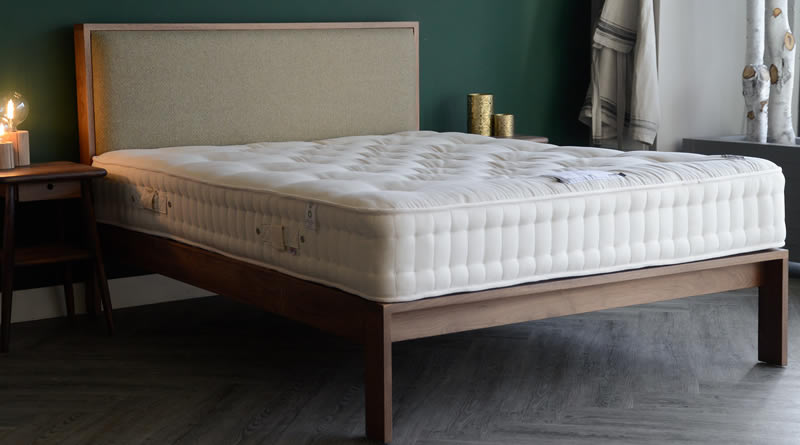How Are Price Differences Determined Among Different Mattress Types?
When shopping for a mattress, you may notice significant price variations among different types and brands. Understanding how these price differences are determined can help you make an informed decision and find the best value for your money. In this article, we will explore the factors that contribute to price variations among various mattress types, shedding light on the reasons behind the cost differences.
Quality of Materials
One of the primary factors that influence the price of a mattress is the quality of materials used in its construction. Higher-end mattresses often utilize premium materials, such as organic cotton, natural latex, or advanced memory foam with enhanced features. These materials are typically more expensive to produce, resulting in a higher price tag for the mattress. On the other hand, budget-friendly mattresses may use lower-grade materials to keep costs down.
Manufacturing Techniques
The manufacturing techniques employed in producing a mattress can also impact its price. Some mattresses undergo more complex and time-consuming processes, such as handcrafting or specialized foam layering techniques. These techniques require skilled labor and often result in higher-quality mattresses with better performance. Consequently, mattresses produced using advanced manufacturing techniques tend to be priced higher compared to those with simpler production methods.
Brand Reputation
Brand reputation plays a significant role in determining the price of a mattress. Well-established brands with a history of delivering high-quality products and exceptional customer service often command higher prices. This is partly due to the trust and recognition associated with the brand, as well as the investment in research and development to continually improve their mattresses. On the other hand, lesser-known or new brands may offer mattresses at more competitive prices to establish themselves in the market.
Additional Features and Technologies
The inclusion of additional features and technologies can contribute to price variations among different mattress types. For example, mattresses with advanced cooling technologies, such as gel-infused memory foam or phase-change materials, may be priced higher than mattresses without these cooling features. Similarly, mattresses with edge support systems, adjustable bases, or smart features may come with a premium price due to the added functionality and convenience they offer.
Market Demand and Competition
Market demand and competition also influence the pricing of mattresses. If a particular type or brand of mattress is in high demand, the price may be set higher to reflect the popularity and scarcity. On the other hand, increased competition among mattress manufacturers can drive prices down as brands strive to attract customers with more affordable options.
Conclusion
In conclusion, the price differences among different mattress types are determined by various factors. These include the quality of materials used, the manufacturing techniques employed, the reputation of the brand, the inclusion of additional features and technologies, as well as market demand and competition. By understanding these factors, you can make a more informed decision when selecting a mattress that meets your budget and preferences.
Remember, finding the right mattress involves striking a balance between price and the features and quality that are important to you. Take the time to research and compare different options, considering factors beyond just the price, such as comfort, durability, and customer reviews. By doing so, you can find a mattress that offers the best combination of value and quality, ensuring a restful and rejuvenating sleep experience.




